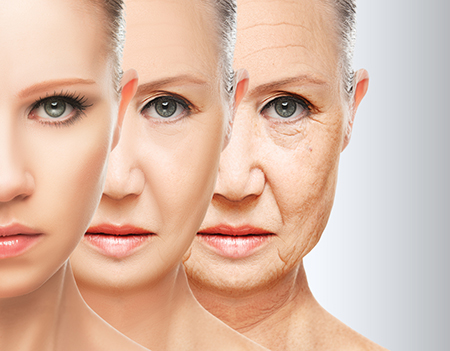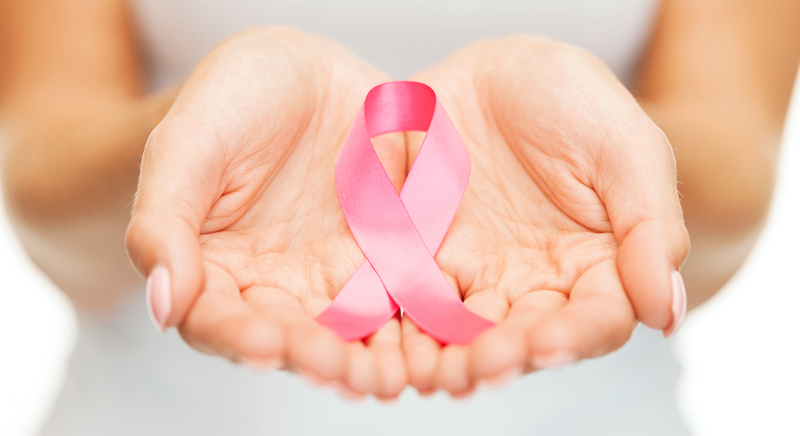The History of Estrogen

The story of the history of estrogen illustrates the historical progression of medical knowledge, from laboratory and clinical observation, through basic and clinical experimentation, to current successful medical management, an interesting marriage of empiricism and technology.
Our bodies efficiently make our natural hormones. Cholesterol from our diet is converted into a family of progesterones, which then become our androgens, such as testosterone, androstenedione, and dehydroepiandrosterone (DHEA). Androgens are important since they are the substrate for all of the estrogens in our body. The ovaries alone convert testosterone to estradiol (E2), the most powerful of the estrogens. Fat cells can convert androstenedione to other weaker estrogens, including estrone (E1), only 40% as active as estradiol, and estriol (E3), only 10% as active as estradiol. Since menopausal symptoms seem to arise with falling estrogen levels, estrogen has been sought as treatment of these symptoms.
How did estrogen come to dominate the discussion of menopause? In the late 1800s, knowledge of hormones was nonexistent, and medical decision-making was based solely on empirical observation. As a prelude to the discovery of other hormones, in the mid-1850s, Claude Bernard demonstrated that glands had internal secretions that could influence other organs. In 1897, ovarian extract was found to be effective for the treatment of menopausal hot flushing. Then, in 1906, secretions from the ovaries were shown to produce estrus (cyclic sexual activity in non-human females) and the term “estrogen” was born, derived from the Greek oistros (mad desire) and gennan (to produce). Yet, it was not until 1929 that estrogen as a hormone was isolated.
The first commercial preparation of estrogen began as an estrogen complex extracted from placentas called Emmenin, which was used to treat dysmenorrhea. The pharmaceutical company Ayerst, McKennen, and Harrison then developed Emmenin as the first oral female sex hormone. In 1938, an article appeared describing a similar collection of substances from pregnant mare urine (PMU). That publication led to the commercial production of PMU in 1939, at which point it was renamed Premarin® (pregnant-mare-urine). Premarin® contained at least ten estrogens, the dominant ones being estrone (50% to 60%) and equilin (22.5% to 32.5%) with less than 5% estradiol. Premarin® became commercially available in the US in 1942. By 1992, Premarin® was the number one prescribed drug in the United States, with sales exceeding $1 billion in 1997.
This changed drastically in July of 2002, when the release of results from the Women’s Health Initiative (WHI) abruptly altered women’s attitudes toward hormone replacement therapy (HRT). A documented statistical increase in breast cancer and stroke by menopausal women taking PremPro® (Premarin® and Provera®) led to many women abruptly stopping HRT with a resulting significant drop in prescriptions. This also fueled the search for a safer delivery system for estrogen. Today, all of the major estrogens except Premarin® are derived from plants or synthesized denovo and are bioidentical hormones, i.e., identical in structure and function to the body’s own estrogens. Most of these can be delivered transdermally or intravaginally. Why is this an advantage? All oral estrogens undergo a first pass through the liver via the portal system before entering the general circulation. This leads to a rise in inflammatory and procoagulant markers with a resultant increased risk of venous thrombosis. Transdermal estrogen significantly reduces these risks by entering the bloodstream directly, bypassing the liver. Progesterone, which is part of HRT given to decrease uterine cancer risk with estrogen alone, can be given intravaginally, transdermally, or perhaps via intrauterine device (ongoing research). It turns out that women without a uterus in the WHI, who therefore did not need the progesterone component of HRT, did not have a greater risk of cardiovascular accident (CVA) or myocardial infarction (MI). However, this was greatly downplayed at the time of the released data in 2002.
Improvements in the delivery and understanding of estrogen’s role in perimenopausal and postmenopausal women, including risks and benefits, have led to a better quality of life for women as their lifespan continues to increase. With further research and clinical study, this should only continue to improve.
By James Woods, M.D. and Elizabeth Warner, M.D.
Dr. Woods treats patients for menopause at the Hess/Woods Gynecology Practice.
Disclaimer: The information included on this site is for general educational purposes only. It is not intended nor implied to be a substitute for or form of patient specific medical advice and cannot be used for clinical management of specific patients. Our responses to questions submitted are based solely on information provided by the submitting institution. No information has been obtained from any actual patient, and no physician-patient relationship is intended or implied by our response. This site is for general information purposes only. Practitioners seeking guidance regarding the management of any actual patient should consult with another practitioner willing and able to provide patient specific advice. Our response should also not be relied upon for legal defense, and does not imply any agreement on our part to act in a legal defense capacity.
James Woods | 2/17/2016




